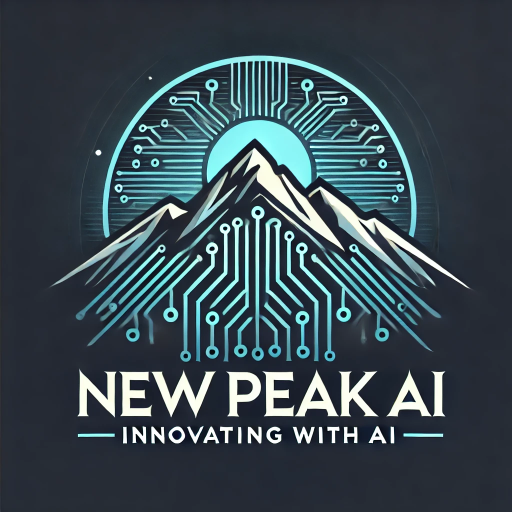What are some common AI terms I should know?
With new technology comes new terminology. Here are a handful of common buzzwords that you’ll encounter as you use AI.
The basics
Let’s get started with some of the basic terms you’ll encounter frequently while using or researching AI.
Artificial Intelligence (AI)
The simulation of human intelligence processes by machines, especially computer systems. AI encompasses various subfields such as machine learning, natural language processing, computer vision, robotics, and more.
Machine learning
A subset of AI that enables systems to learn and improve from experience without being explicitly programmed. Machine learning algorithms use data to make predictions or decisions.
Prompts
An AI prompt is the question or instruction you enter into an AI system to get a response. It’s like asking a question or giving a command to the AI. The phrasing of your prompt is key to the quality of the results.
Large Language Models
A large language model (LLM) is an advanced AI system designed to understand and generate human language. It learns from vast amounts of text data, allowing it to perform tasks like writing, translating, and answering questions.
Generative AI
A type of artificial intelligence that can create new content, such as text, images, or code, based on the data it has been trained on. It uses advanced models to generate outputs that mimic human creativity.
Responsible AI
Refers to the practice of developing and using artificial intelligence in a way that is ethical, transparent, and accountable. It ensures that AI systems are designed and deployed to be fair, reliable, safe, and respectful of privacy and security. The goal is to create AI that benefits society while minimizing potential risks and harms.
Advanced terms
These are some advanced terms you should know if you are planning on managing AI in your workplace, or starting AI development yourself.
Plugins
AI plugins are specialized software components that allow AI systems to interface with external applications and services. Think of these like apps, but for the AI itself.
Neural network
A model inspired by the human brain, consisting of interconnected nodes (neurons) that process data and learn patterns. It’s used in tasks like image and speech recognition.
Tokens
A unit of text, such as a word or a part of a word, that an AI model processes to understand and generate language. Tokens are the building blocks that AI uses to analyze and create text.
Hallucinations
Hallucination refers to instances where an AI model generates information or responses that are not based on the input data or reality. This can happen when the model “imagines” details or facts that aren’t true or accurate.
Small Language Models
AI designed to understand and generate human language, but it is smaller in scale compared to Large Language Models. These models are trained on less data and have fewer parameters, making them more efficient and faster to run. They are often used for specific tasks where a large model’s complexity isn’t necessary
Self-learning
Refers to the ability of an AI system to improve its performance and knowledge over time without explicit human intervention. It uses algorithms and data to learn from its experiences, adapt to new information, and make better decisions or predictions.
